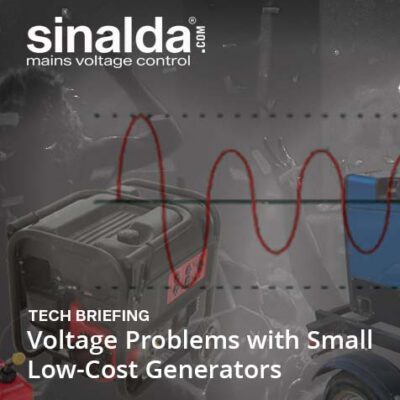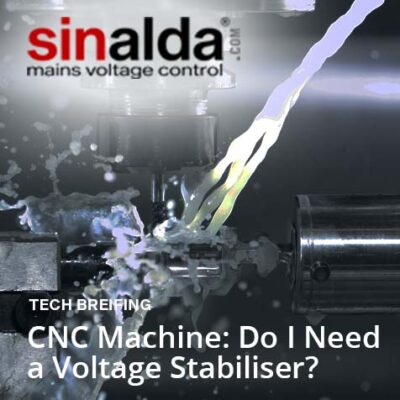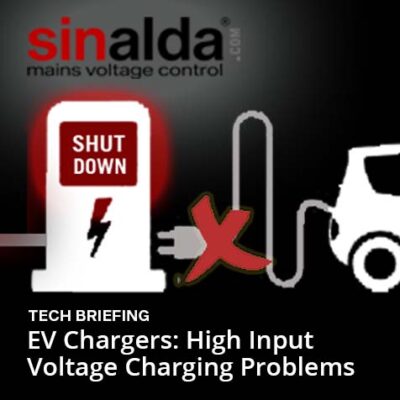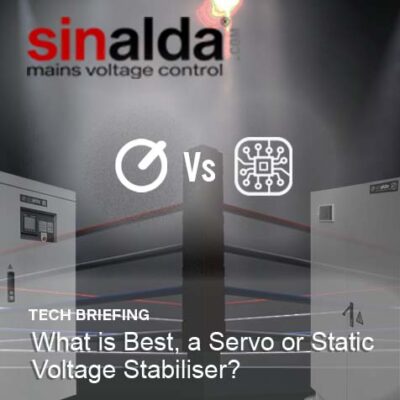Last Updated: 01 November 2021
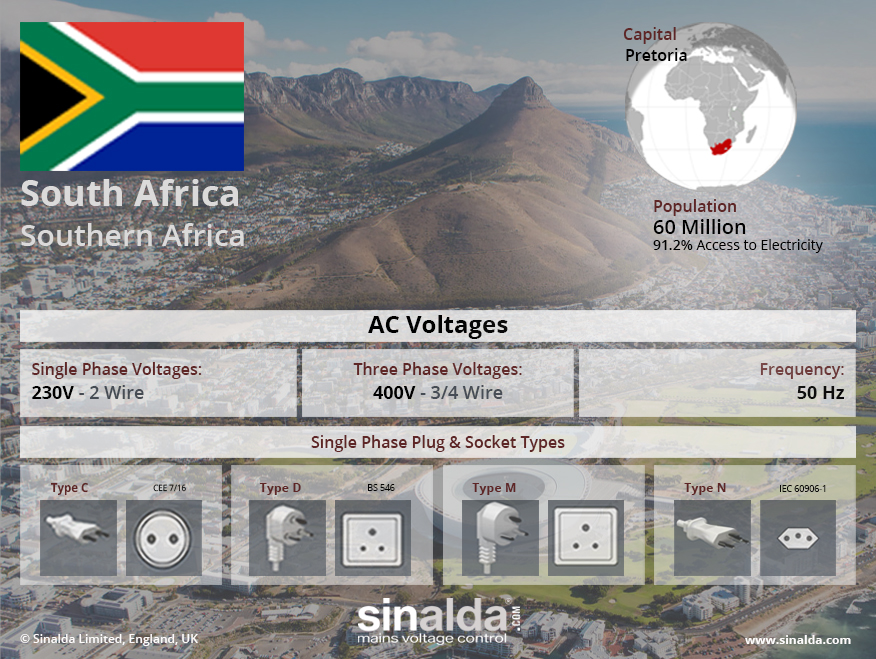
Copyright 2021 Sinalda. Permission to use this image is granted subject to appropriate credit being given to www.sinalda.com as the source.
Power Quality in South Africa
Historically South Africa has had a reasonably reliable and stable voltage supply and enjoyed some of the lowest electricity prices in the world. All of which has had positive benefits for an economy that is very industrial orientated. However in the recent years, due to a lack of investment in the ‘90s in new generation capacity and replacement infrastructure, coupled with a lack of maintenance of existing resources, available supply capacity has not been able to keep up with an ever increasing demand. As a result power quality has deteriorated to a point where in early 2008 the country had a full blown power crisis losing about 25% of generation capacity and resulting in load shedding / planned blackouts. In Johannesburg and Pretoria, these blackouts lasted for several hours at a time, sometimes more than once a week. Despite being more or less predictable, they caused immense disruption to the economy and to everyday life.
While today the need for more capacity is being urgently addressed, as of yet this new capacity is not fully online and the electricity supply is still under considerable pressure when usage reaches a peak, particularly in densely populated urban areas. As a result South Africans continue to regularly witness voltage variations, load discharges and occasional unplanned power outages.
Power Sector in South Africa
It is estimated that the electricity grid in South Africa services in excess of 90% of the population, with near full access in urban areas.
Historically Eskom has generated 95% of South Africa’s electricity with about 90% being primarily derived from coal-fired stations and the remainder being provided from nuclear and hydro plants, supported by a number of expensive peak-time gas turbine stations.
In response to the energy crisis of 2008, Eskom the state-owned electricity monopoly, with the government’s Department of Energy, has embarked on a massive programme to bring the electricity supply and distribution system into balance. With an infrastructural price tag of around R340billion, Eskom is currently building a number of new power stations, including two huge power stations at Medupi in Limpopo and Kusile.
However problems in construction and budget overspends have meant that the commissioning of these two new mega stations have been repeatedly delayed.
With current-generation methods being primarily coal-based, and as such being extremely high emitters of carbon dioxide, the government is seeking a more diversified environmentally friendly energy mix. On a national scale, it is actively supporting a number of sustainable clean-energy generation initiatives. As a resource-abundant country, based on the 20-year demand and production projection published in the Integrated Resource Plan (2010), the government is seeking by 2030 to derive about 42% of the nation’s electricity needs from renewable resources. As a result, new Independent Power Producers (IPPs) are being actively encouraged to enter the market, with the government envisaging that the majority of this new capacity will be derived from solar photovoltaic technology, wind, small hydro and concentrated solar thermal generation methods.
While increased capacity should greatly assist in avoiding further energy crisis’s, many commentators believe the country is not ‘out of the woods’ yet and structural reform is still needed in the sector, with the introduction of more competition in generation and distribution, the removal of Eskom’s near-monopolistic position and liberalisation of the overall market to enhance available returns for private investors and thereby more easily encourage their participation. Of course, all this should happen with the poorest households being shielded from the inevitable tariff increases and with labour-intensive industries, like manufacturing, being supported in the transition to a more cost-reflective commercial tariff structure!
Looking forward it is anticipated that South Africa’s energy demand will double current levels by 2030. Delivering the capacity and quality of power needed by the country’s growing economy to ensure that South Africa remains as the commercial and financial gateway to the African continent will be a major ongoing challenge in the medium to long term.
In the meantime, South Africans should brace themselves for more of the same – voltage variations, load discharges and occasional unplanned power outages – as Eskom frantically tries to balance supply and demand, especially in densely populated urban areas when usage reaches a peak or the available supply is limited by the demands of maintenance on overworked and ageing generation stations and infrastructure.
Share your Views and Experiences
Every reasonable effort is made to ensure that the information provided above is accurate. No guarantees for the accuracy of the information is made.
So we are able to keep the content updated, and actual on the ground experiences can be shared with others, please feel free to contact us.



